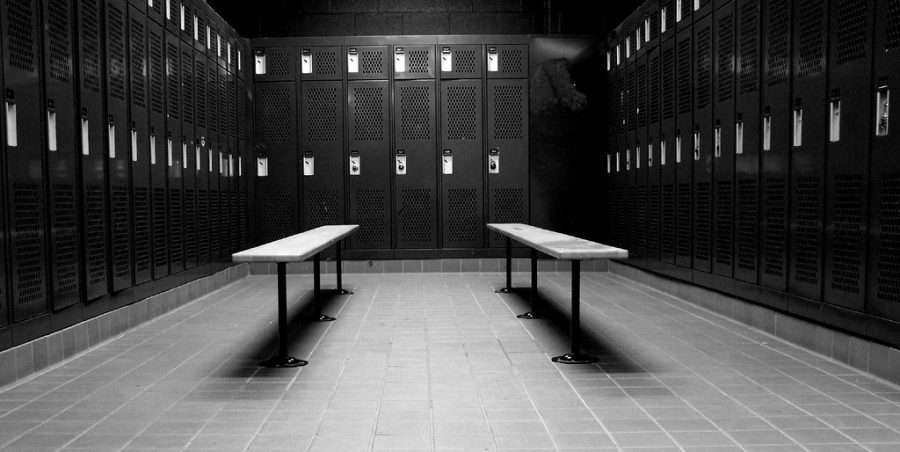With the countless responsibilities and demands in one’s life, it’s no wonder that 77% of the United States population experiences physical symptoms caused by stress on a regular basis. The effects of stress can harm both your physical and mental health, and should be controlled in order to maintain an active, healthy lifestyle.
Chronic stress can lead to very dangerous risks including high blood pressure, increased risk of heart attack, stroke, obesity, and depression. The causes of this harmful mentality can range from a variety of sources. Things like changing jobs, moving, or losing a loved one can all negatively affect your mental health, leading to daily stress that you may not even realize you are experiencing.
Identify the Source
Pinpointing the source of everyday stress rather than that which you experience from a life changing event can be much more difficult. Pay attention to your habits and daily routine when focusing on potential causes. While it may be easy to simply say your stress is due to work, look for more specific reasons. Are you constantly excusing any negative feelings as just causes from a large workload? Or, have you not stopped to take a break in a long period time? Accept the responsibility of your daily activities and the possibility that they are what’s causing you stress. Until you do so, controlling your stress will be extremely difficult.
Avoid Negative Coping Strategies
Many people who suffer from stress end up worsening their symptoms through ineffective ways of coping. Things like smoking cigarettes, excessive sleeping, drinking alcohol, or withdrawing yourself from friends and family can have adverse effects in trying to improve your stress. Implementing strategies that do not contribute to your great emotional or physical health will only harm you, and should be replaced. No one method works for everybody, so experiment with tasks that calm you and help you better feel in control of your environment.
Exercise
One of the easiest ways you can manage, and even reduce your stress is physical activity. That is not to say that spending hours in the gym is a requirement, though that can certainly help. Simply taking a walk, going for a light jog, or playing a sport can decrease levels of anger and tension. However, in order to feel the maximum benefits of exercise, at least 30 minutes of physical activity should be your goal.
Not only can this combat levels of stress, but exercising on a regular basis will become a part of your daily routine, subsequently keeping you occupied mentally, as well as physically. Choose an activity you enjoy to avoid thinking of why you’re doing it. Rather, focus on the actions you are performing, and have fun; the goal being to ease your mind.
Be Social
Those with chronic stress may feel like interacting with others is the last thing they want to do, when in reality, social engagement is a great way to occupy your mind and avoid over thinking. Don’t be afraid to tell others what you’re going through. If you’re with friends or family, they will more than likely be supportive. Communication is vital in creating a sense of safety among others. Your nervous system is able to perceive nonverbal cues from hearing, sight, and physical sensation, allowing you to become much more calm.
Dealing with stress is no easy task. If you or a loved one are experiencing symptoms and are unsure as to how to treat this, consider the strategies mentioned above. As previously mentioned, the success of these tips varies from person to person, so experiment with what makes you feel better. It is crucial to be able to manage your stress in order to avoid succumbing to harmful symptoms, and continue to live a healthy, happy lifestyle.



